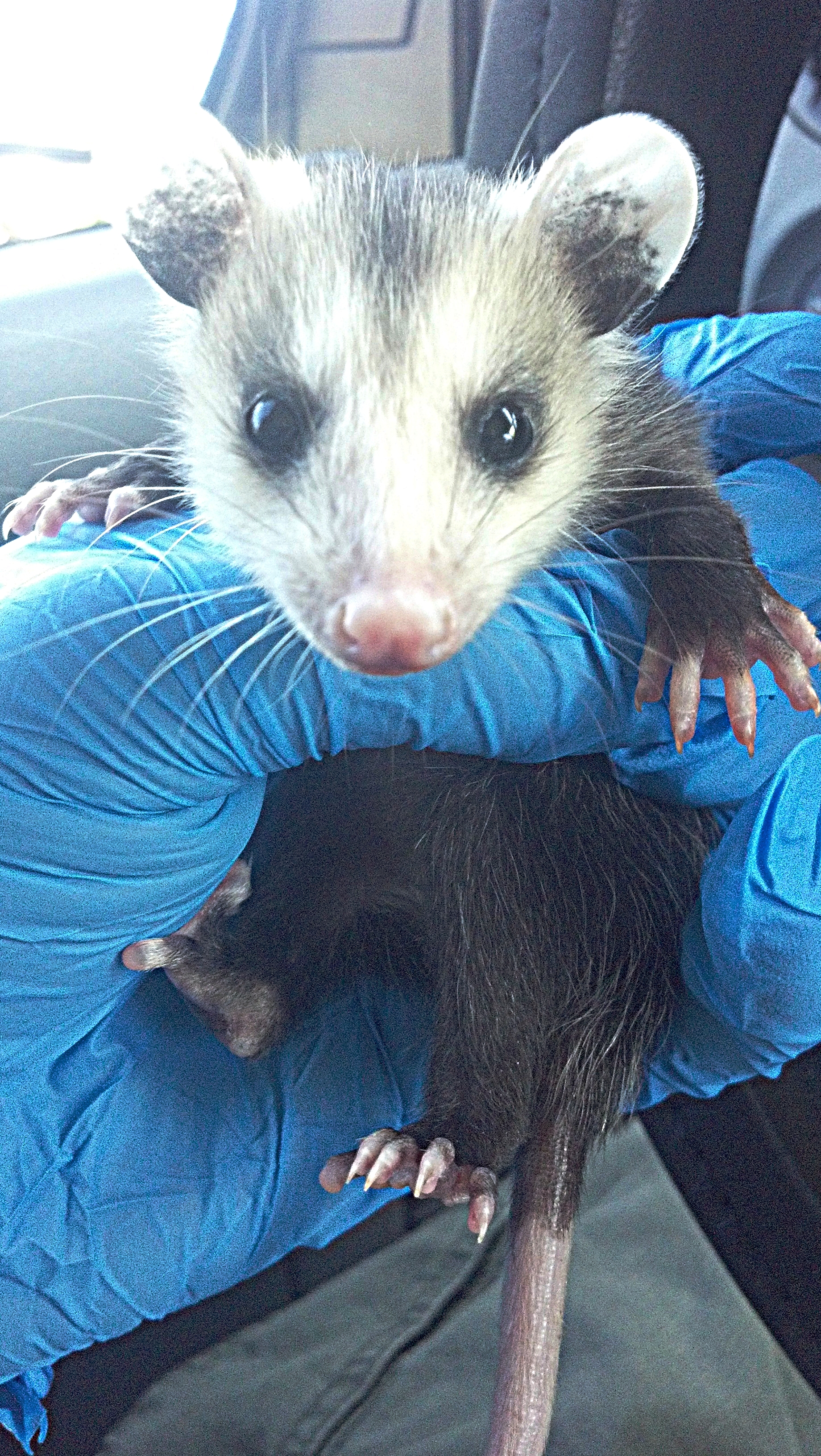1. Trapping Ignores the Attractants
There are three possible reasons that a wild animal is inhabiting your property: food, water, shelter (a.k.a. the attractants). It is one or more of these attractants that is luring wildlife to your property. The problem with trapping is that it removes the animal but not the attractant; providing a temporary fix, at best. And, because all wild animals are territorial, the vacancy created by the animals who were trapped and removed will quickly be filled by transient animals drawn to the same attractants. The only way to keep unwanted animals from inhabiting or continually accessing your property is by removing the attractant and/or removing access to the attractant - and by implementing effective and appropriate eviction and exclusion measures.
Once you start trapping, it will never end. Because trappers continually ignore the attractant, they never resolve your wildlife conflict. You will find yourself calling a local trapper again and again and again, spending thousands of dollars a year in an endless cycle. Effective, long-term wildlife control focuses entirely on removing the attractant and/or removing access to the attractant and employing appropriate eviction and exclusion measures.
2. Trapping Destroys Families and Orphans Babies
The #1 threat to young wildlife is trapping. Trapping makes orphans out of countless babies and juveniles whose chances of survival are virtually eliminated without their mothers. When mothers are trapped and killed, or trapped and relocated, their young are left hungry and helpless and will almost certainly die from starvation, dehydration, sickness, or predators.
One of the key components of humane wildlife control is taking the responsible and ethical approach to evicting denning/nesting mothers and babies. Eviction measures powerfully persuade the mother to remove and relocate her young. Once the family has vacated the den/nest, we will implement exclusion measures to prevent animals from denning/nesting there again.
3. Trapping Removes Nature's Best Wildlife Controllers
The presence of wild animals can be extremely beneficial to you and your property. Oftentimes when you evict or trap an animal, you are removing nature’s most effective wildlife controller. Many of the so-called nuisance animals who are evicted or removed are prolific predators who control a wide variety of much less desirable animals that would otherwise proliferate and infest your property. In addition, many wild animals are nature’s “sanitation workers,” curtailing the spread of disease by consuming dangerous pathogens before they reproduce and spread, potentially infecting you, your family or your companion animals.
4. Trappers Often Use Cruel Methods of "Disposal"
Not only are trappers’ trapping methods unregulated in Florida, but their killing methods are also unregulated. But isn’t it illegal for trappers to kill animals inhumanely? Yes, it is, but who’s watching?
Common killing methods used by trappers:
Drowning: trappers drop the entire trap, with the animal inside, into a pool, tank or garbage container filled with water. It can take up to six minutes for the animal to die. If the trappers find the mother’s babies, they will drown them all together.
Blunt force trauma to the head: usually done by clubbing the animal to death with an iron pipe, crowbar, ax handle, or baseball bat (as depicted here in this 2022 undercover investigation by Born Free).
Strangulation: often done by tightening the metal cable at the end of a “choke stick” 0r “catch pole” around the animal’s neck.
Suffocation: usually done by trappers pinning their boot on the animal’s neck to cut off oxygen supply to the brain.
Thoracic compression: usually done by standing or stomping on the animal’s chest to cut off oxygen supply to the brain.
Shooting animals with a pellet rifle: this method rarely kills the animal in one clean shot, often allowing the injured animal to escape and then die a slow, painful death.
Hot exhaust death: via carbon monoxide poisoning, often by running a tube from a car tailpipe into an enclosed box with the animal inside.
Injection with chemical solvents or other toxic household products.
Many trappers will also skin the animals they trap and sell their fur or skin; primarily foxes, bobcats, otters, beavers, raccoons, coyotes, turtles, iguanas, alligators, mink, and beavers). It takes roughly 40 raccoon pelts to make one fur coat.
5. Relocation Is Often a Death Sentence
Relocation is a common and deceitful narrative used by trappers to secure the job. Trappers often assure customers that they will trap and release the animals in some idyllic remote location. In reality, trappers will likely dispose of the animal in the quickest and cheapest manner possible, which, not surprisingly, is often the cruelest.
Many people think trapping and relocating wildlife is the humane and compassionate course of action because the animal is not killed and is taken to a better place. However, relocation puts the animal’s life in immediate danger. Regardless of how beautiful and peaceful the new habitat may seem, the overwhelming majority of wild animals are unable to adapt quickly enough to their new surroundings to survive. The result usually ends tragically, with the relocated animal being killed by predators or automobiles, or dying from starvation, dehydration, or disease, often within days or weeks.
Exceptions
We will consider relocating native wildlife only as a last resort, under the most dire circumstances, or when the only other option is killing the animal.
Summary
Avoid nuisance wildlife control operators who offer to trap wildlife.
















